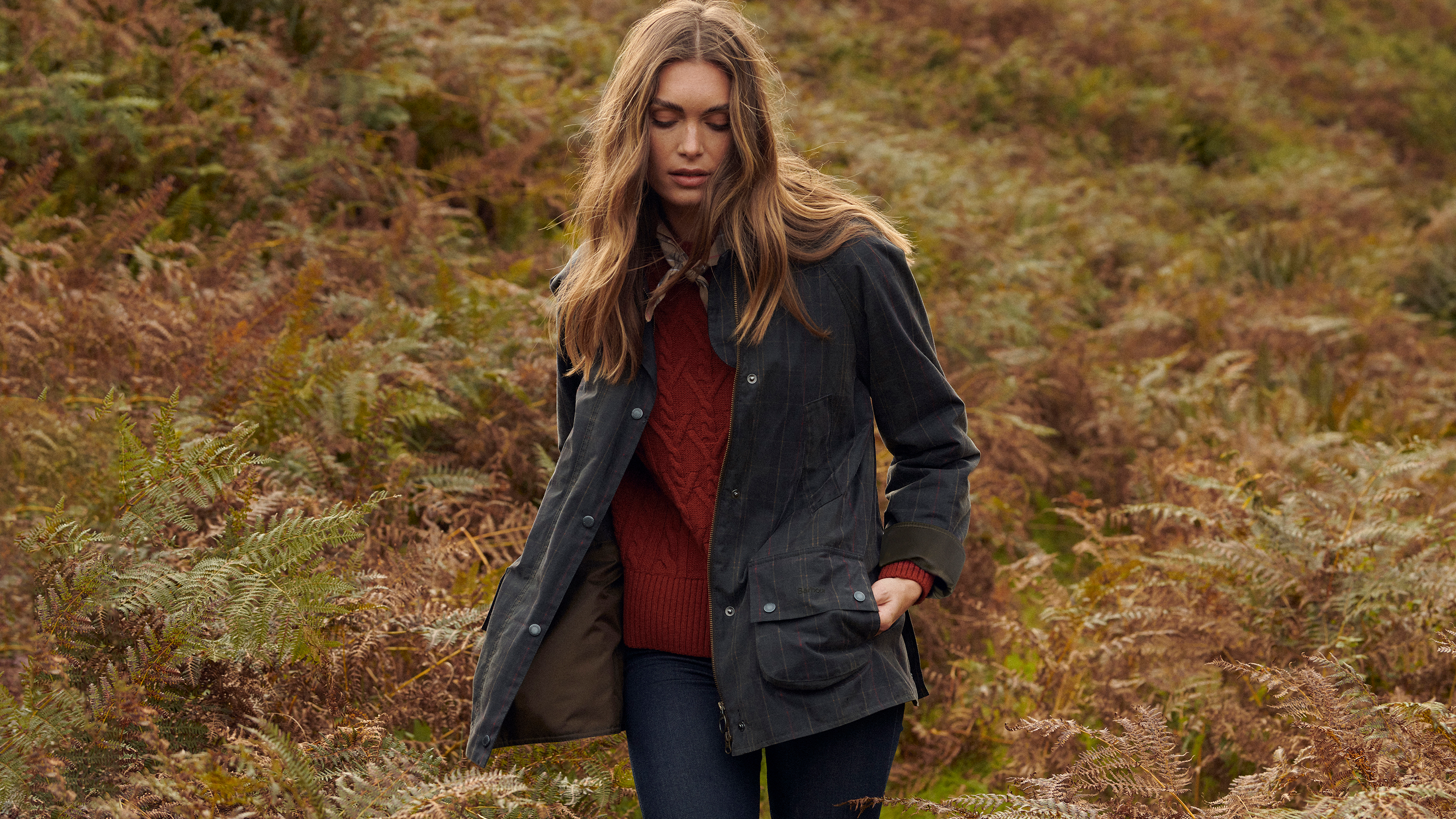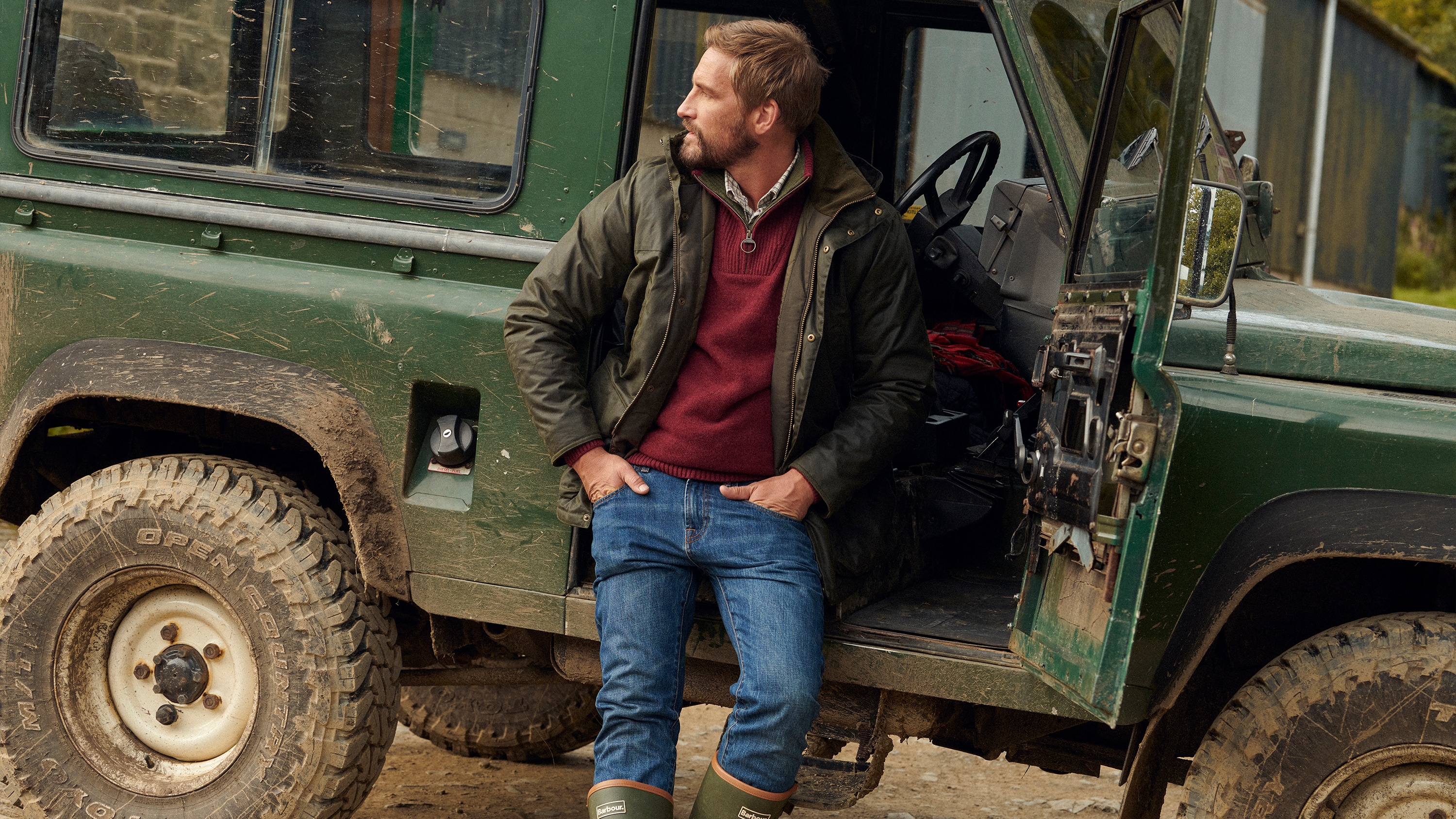Blog
04/09/24
A Look at the Iconic Ashby Barbour Jacket
An in depth look at this robust and versatile men's jacket allows you to discover what makes the modern Barbour Ashby Jacket one of the most popular.
Read more01/10/24
Barbour Christmas: Shaun the sheep
This festive season, our joyful, (yet blunderous) Christmas film has some new faces as we welcome Shaun the sheep, Bitzer the sheep dog, The Farmer, and the rest of the flock from the beloved series.
Read more04/09/24
Best Men's Barbour Winter Jackets
Searching for the perfect winter jacket? Discover the best men’s winter jackets - from wax jackets to parkas - right here.
Read more11/12/22
A Look at the Iconic Bedale Barbour Jacket
The Barbour Bedale has become a signature item in our collection of waxed jackets. Lightweight, stylish and versatile, it’s not hard to see why the Bedale has become so popular among Barbour wearers over the years.
Read more11/10/24
Barbour's Fall Style Guide
Inspired by the vibrant warm autumnal hues and sometimes unexpected temperatures, fall style is all about key staples and flexible options for layering, no matter the weather or time of day. Start with a trusty waxed or quilted jacket and vest, which of course Barbour knows a thing or two about.
Read more20/04/23
Outfit Ideas for a Weekend Away
At Barbour, we’ve pulled together some of our favourite packing essentials to provide you with inspiration for your next trip, to ensure that you’re not left wishing you brought that one extra item.
Read moreShowing 6 of 23 Articles




.jpg)
.jpg)